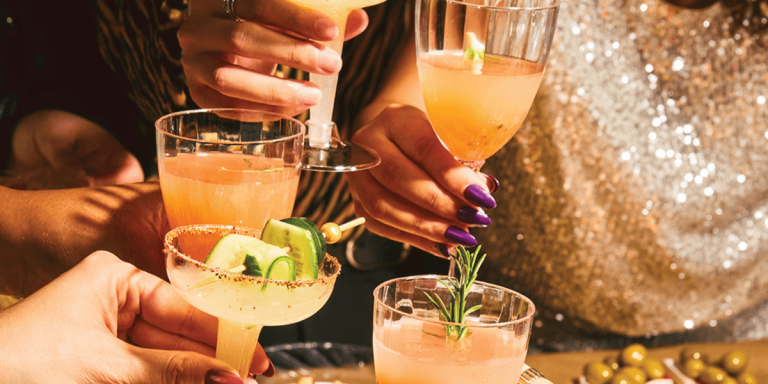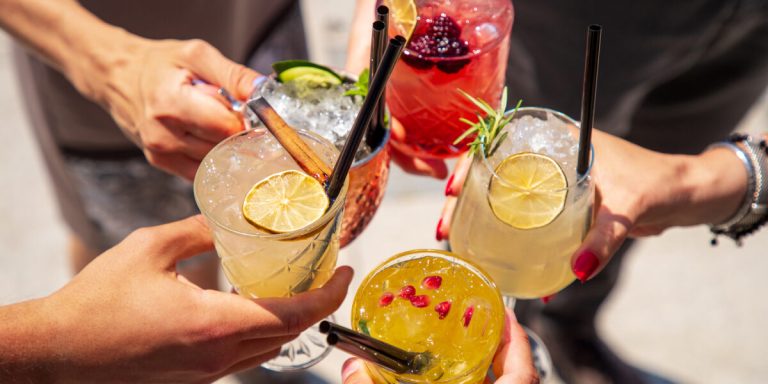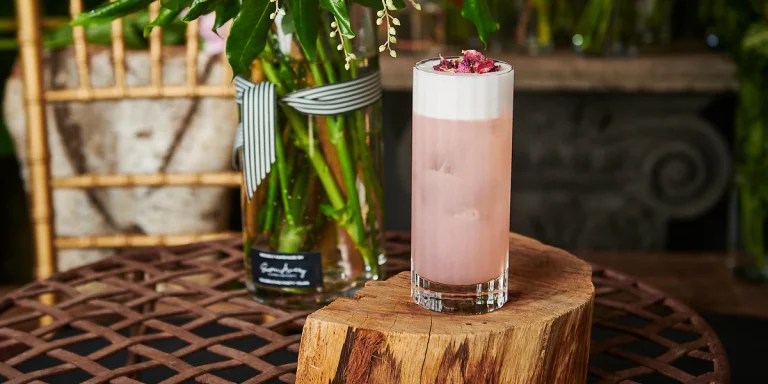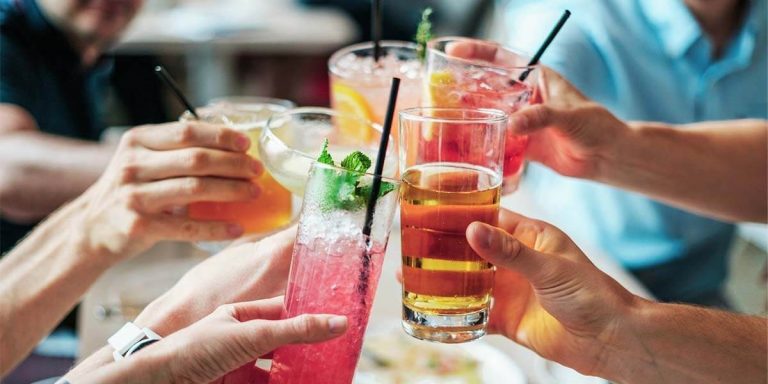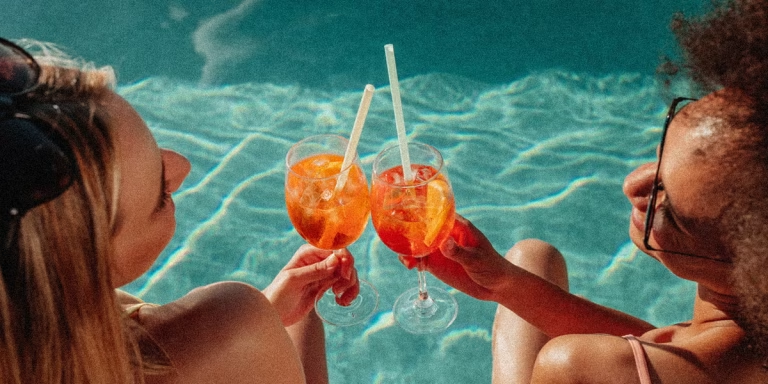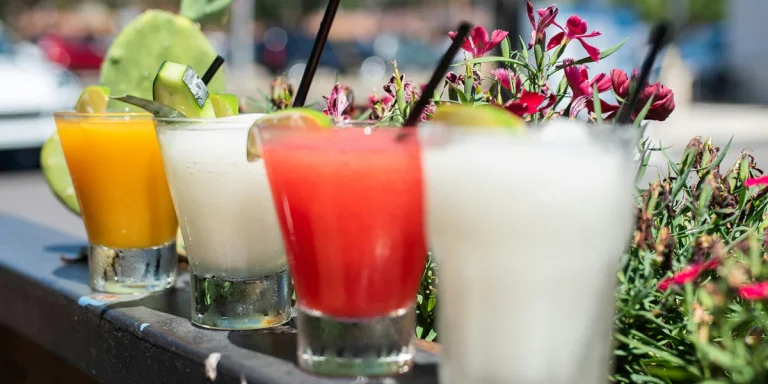Cocktail Chemistry: What Every Hag Should Know
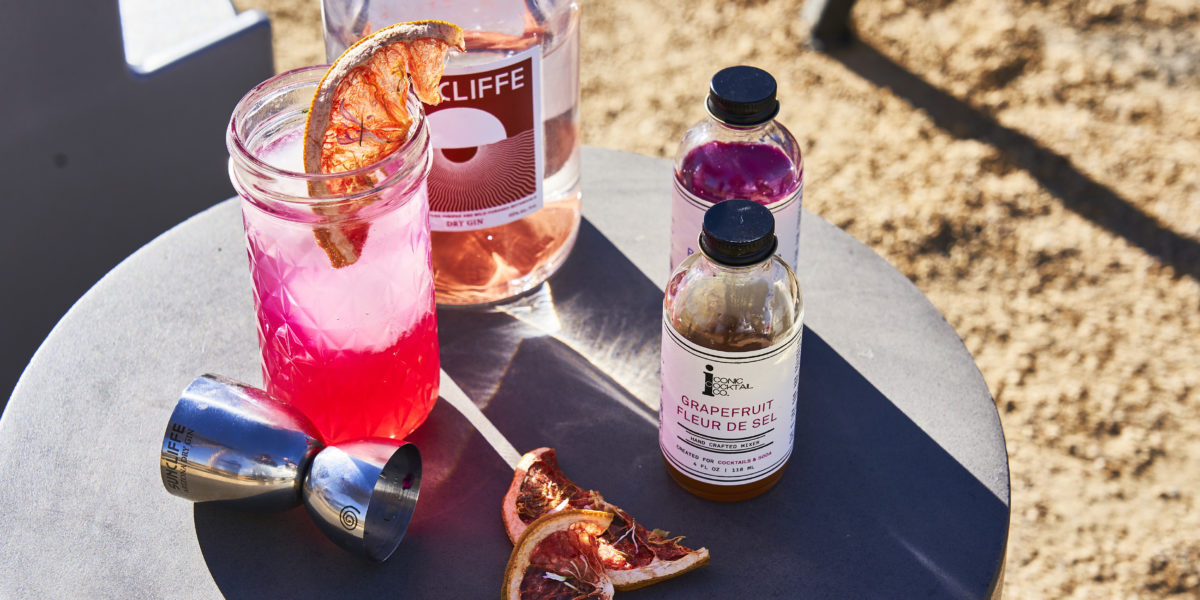
Cocktails are not just about mixing drinks together; they are about finding the right combination of flavors, textures, and aromas that create balance and depth. Whenever I stand behind the bar or even in my own kitchen, I find myself thinking less about recipes and more about chemistry. Every element in a cocktail has a purpose, and understanding how they interact can elevate even the simplest drink into something remarkable.
The Foundation Of Cocktail Balance
The first thing I pay attention to is balance. No matter how creative or unusual a cocktail might be, it needs to feel harmonious on the palate. Sweetness, acidity, bitterness, and strength are the main forces at play. If one is too dominant, the drink feels flat or harsh. I’ve had plenty of experiments where too much citrus made a drink sharp enough to sting, or an extra ounce of syrup turned a refreshing mix into a sticky mess. Balance is not just preference it’s the backbone of cocktail chemistry.
When I approach a new recipe, I like to treat it like an equation. Spirits bring body and character, sweeteners provide roundness, acids add brightness, and bitters tie everything together. Getting these components right is less about memorizing formulas and more about developing intuition. Over time, I’ve learned that one small adjustment can completely change the experience of a drink.
Spirits As The Core
Every cocktail begins with the spirit, and the character of that spirit sets the tone. Vodka is clean and neutral, gin adds botanicals, whiskey brings warmth and depth, rum gives richness and sometimes funk, while tequila or mezcal provide earthy and smoky notes. What fascinates me is how spirits carry both strength and flavor. Too much can make a drink burn, but just the right amount adds backbone without overwhelming the other ingredients.
I like to think of spirits as the foundation of a house. If it’s weak or poorly chosen, the entire drink suffers. For example, pairing a light rum with pineapple juice creates a gentle tropical note, but swapping in a dark, molasses-heavy rum transforms the same cocktail into something bold and dramatic. The chemistry changes instantly, and that is where the magic lies.
The Role Of Acidity
Acid is one of the most underrated elements in cocktails. Citrus juice, vinegar shrubs, or even tart berries act as the spark that lifts flavors up. Without acidity, cocktails can feel heavy and flat, no matter how much sweetness or strength they carry. I remember making a daiquiri once without lime, thinking it would still work with just rum and sugar. The result was drinkable but uninspired, almost like syrupy rum on ice. The missing acidity was obvious, and it reminded me that balance isn’t optional it’s essential.
Citrus, especially lemon and lime, is the most common acid, and for good reason. It provides clarity and freshness. But experimenting with other acids opens new possibilities. Grapefruit adds bitterness alongside tartness, while passion fruit introduces exotic sharpness. Even a dash of vinegar in the form of a shrub can transform an ordinary drink into something strikingly layered.
Sweetness As A Counterbalance
Sweetness smooths out edges. It’s the element that makes a strong or sour cocktail approachable. Simple syrup, honey, agave, or flavored liqueurs each add their own character. I’ve found that too much sweetness can suffocate a drink, but just enough can highlight flavors beautifully. For example, an Old Fashioned with only sugar would feel plain, but using demerara syrup adds depth with its caramel notes, turning a basic recipe into a luxurious experience.
One trick I’ve picked up is adjusting sweetness depending on the spirit. A smoky mezcal might need more sweetness to balance its intensity, while a delicate vodka martini barely needs any. The chemistry here is all about proportion, and that’s where experimentation matters most.
Bitterness As The Hidden Ingredient
Bitterness often plays a quiet role, but it’s what keeps cocktails interesting. Bitters, amari, or even bitter herbs act like the seasoning in cooking. They don’t dominate, but they make everything else taste better. I’ve grown to appreciate how a couple of dashes of Angostura can transform a simple whiskey drink, or how Campari’s bold bitterness anchors a Negroni in perfect harmony.
The fascinating part about bitterness is how it works with our palate. A bitter note lingers, giving depth and structure. Without it, a cocktail might taste fine at first sip but become forgettable after a few seconds. Bitterness ensures the flavor stays with you, long after the glass is empty.
Dilution And Temperature
One thing that surprised me when I first started experimenting with cocktails was how important dilution is. Shaking or stirring isn’t just about chilling; it’s about adding the right amount of water. Too little dilution leaves a drink hot and aggressive, while too much makes it thin and lifeless. Finding the sweet spot is part of the chemistry.
I’ve noticed that dilution also affects texture. A shaken cocktail with citrus has a frothy, lively mouthfeel, while a stirred drink feels silky and smooth. Both styles have their place, but they need to match the ingredients. A Manhattan loses its elegance if it’s too frothy, just as a daiquiri feels dull if it isn’t shaken hard enough.
Aromatics And The Final Touch
The nose is just as important as the taste. Garnishes, herbs, spices, and zests create an aromatic layer that primes the palate before the first sip. I’ve often found that a cocktail without a garnish feels incomplete, even if the liquid itself is balanced. The aroma sets expectations and deepens the experience.
For instance, the oils from a lemon peel can brighten a drink instantly, while fresh mint adds freshness that lingers. Even something as simple as grating nutmeg over an eggnog creates an entirely different character. The chemistry here isn’t only liquid-based; it’s about how scent interacts with taste to create a complete sensory experience.
Experimentation As A Path To Mastery
The more I explore cocktail chemistry, the more I realize that mastery isn’t about memorizing rules. It’s about experimenting, tasting, and adjusting until the balance feels right. I’ve ruined countless drinks in the process, but every failure taught me something valuable. Maybe I added too much syrup, or maybe I skipped the garnish, but each mistake sharpened my instincts.
What excites me most is that cocktails are endlessly adaptable. A single formula can be tweaked into dozens of variations by adjusting ratios, swapping spirits, or trying new acids and bitters. The science provides the framework, but creativity makes it come alive.
Cocktails As A Personal Expression
At the end of the day, cocktail chemistry isn’t just about precision it’s about expression. Each drink reflects not only the ingredients but also the person making it. I’ve shared cocktails that tell stories, remind me of places I’ve traveled, or celebrate moments with friends. The chemistry is the invisible thread holding it all together, but the meaning comes from the hands that prepare it.
I see cocktails as living creations. They evolve with every shake, stir, and pour. They can be playful, serious, bold, or delicate, depending on how the chemistry is handled. What every hag or anyone curious about cocktails should know is that the magic doesn’t just happen in the glass. It happens in the process of experimentation, balance, and expression that makes each drink unique.
Conclusion
Cocktail chemistry is more than a science; it’s an art rooted in balance. Spirits, acidity, sweetness, bitterness, dilution, and aromatics all work together like instruments in a symphony. When each element plays its part, the result is harmony in a glass. What fascinates me is that no matter how much I learn, there is always more to discover. Every new ingredient, every adjustment, every experiment reveals another side of the chemistry.
For me, cocktails are a lifelong study. They teach patience, creativity, and precision, but they also remind me that the best experiences come from balance. Whether I’m mixing for myself or sharing with others, I see cocktail chemistry as a way of turning ordinary ingredients into extraordinary moments.

